Main Reasons You Should Start a Logo Design Project with an Agreement

Embarking on a logo design project marks a significant step for any business, signaling a commitment to brand identity and professional growth. Initiating this journey with a formal agreement isn't just a bureaucratic step; it's a strategic move that safeguards the interests of both the client and the designer. An agreement clarifies the project scope, timelines, and expectations, thereby setting a foundation for a transparent and successful partnership. This ensures that both parties are aligned on the vision and specifics of the project, avoiding potential conflicts and misunderstandings that could arise from verbal agreements.
By laying out the terms clearly, an agreement provides a roadmap that guides the project through each phase, from conception to the final delivery of the logo. It establishes a professional tone and builds mutual trust, demonstrating that both parties are committed to a fair and structured process. Starting a logo design project with an agreement is not only prudent but essential for fostering a smooth collaboration that culminates in the creation of a compelling and effective logo.
Clear Scope of Work
The clear scope of work section of a logo design project agreement plays a crucial role in setting the stage for a successful collaboration. This portion of the agreement meticulously outlines the specific tasks, deliverables, and the overall extent of the project. By defining what the logo design will entail, including the various stages of conceptualization, revisions, and finalization, both parties gain a clear understanding of what is expected throughout the project’s duration. This clarity prevents the common pitfalls of scope creep, where the project's requirements start to extend beyond the initial agreements, often leading to conflicts and additional costs.
Moreover, a well-defined scope helps in managing client expectations, ensuring they understand the design process, and what the final product will include. This level of detail fosters a transparent relationship, increases client satisfaction, and drives efficiency in the design process, making it an indispensable part of any logo design project agreement.
Payment Terms Defined
Establishing clear payment terms within a logo design project agreement is essential for maintaining a smooth financial relationship between the designer and the client. This section details the payment structure, including any deposits required, payment milestones based on project phases, and the final payment upon completion. By specifying when and how payments should be made, both parties can plan their budgets and cash flow effectively. Additionally, clear payment terms help in mitigating any disputes related to financial matters by providing a pre-agreed schedule and amount.
It also outlines the consequences of late payments or non-payment, which safeguards the designer’s financial interests. This not only ensures that the designer is compensated for their time and creativity but also reinforces the professional nature of the relationship, encouraging the client to view the design process as a bona fide business engagement that merits timely and fair remuneration.
Revision Policies
In the context of a logo design project agreement, the revision policies section is fundamental in managing both designer and client expectations regarding changes throughout the design process. This part of the agreement clearly outlines how many rounds of revisions are included in the quoted price, and what, if any, additional charges might apply for further revisions. Establishing these parameters upfront prevents misunderstandings and scope creep, ensuring that the project remains within the agreed budget and timeline. It also helps in setting clear boundaries about the extent of work expected from the designer.
By specifying the number of revisions, the agreement facilitates a more structured and efficient feedback loop, encouraging the client to provide precise and consolidated feedback each round. This not only accelerates the design process but also enhances client satisfaction by providing them with multiple opportunities to refine the logo until it aligns perfectly with their vision, all within a structured and agreed framework.

Ownership and Rights Transfer
The ownership and rights transfer section of a logo design project agreement is crucial as it defines the point at which the ownership of the created logo passes from the designer to the client. This section details the specifics of the intellectual property rights transfer, including any copyrights and reproduction rights. It typically stipulates that the rights to the logo and any associated artwork will transfer to the client upon full payment, ensuring that the designer retains ownership until compensated.
This is vital for protecting the designer’s creative assets while also clarifying to the client that they will gain full control over the logo’s use for commercial and promotional purposes only after fulfilling their financial obligations. Additionally, this part of the agreement can specify whether the designer retains any rights to use the completed logo in their portfolio or for other promotional purposes. Such clauses are essential for maintaining the designer's portfolio diversity while respecting the client's proprietary rights, balancing both parties' needs effectively.
Cancellation Terms
The cancellation terms section of a logo design project agreement outlines the procedures and repercussions associated with terminating the project before its completion. This clause is vital as it protects both parties from unforeseen circumstances that may necessitate a project's cancellation. It specifies the notice period required for cancellation and any fees that the client must pay to compensate the designer for work already performed. Typically, these terms include a non-refundable deposit or a prorated payment based on the project phase at the time of cancellation.
This ensures that the designer is fairly compensated for their time and resources spent on the project up to the point of cancellation. Additionally, clear cancellation terms prevent potential disputes by setting expectations on how to dissolve the agreement respectfully and legally. This not only safeguards the financial and professional interests of the designer but also provides a clear exit strategy for the client, making the project agreement fair and transparent for all parties involved.
Confidentiality Clauses
Confidentiality clauses in a logo design project agreement are essential for protecting the sensitive information that may be exchanged between the client and the designer during the course of the project. This section of the agreement ensures that any proprietary data, business plans, or insider insights shared by the client remain confidential and are not disclosed to third parties without explicit permission. Such clauses are particularly important when the logo design is linked to a broader strategic launch or rebranding that requires secrecy. By legally binding the designer to confidentiality, the client can freely share the necessary information needed to inform the design process without fear of leaks. Additionally, these clauses often cover the designer's work, preventing premature exposure of the new logo or related marketing materials. The mutual respect for confidentiality underpins the trust in the professional relationship, enabling more open and effective communication, and fostering a collaborative environment where creative ideas can be exchanged securely and respectfully.
Legal Protection
The Legal Protection section of a logo design project agreement serves as a crucial safeguard for both the client and the designer. This portion of the agreement outlines the legal framework governing the project, detailing the rights and obligations of each party. It helps protect the designer from unauthorized usage of their creative work while also ensuring that the client receives the agreed-upon deliverables within the specified timeline. In the event of a dispute, this section provides a clear basis for legal recourse, specifying the jurisdiction and legal processes to be followed. Additionally, it covers liability limitations, protecting both parties from claims of damages that might arise from the misuse of the logo. By explicitly stating the legal terms, including copyright and intellectual property laws, this section reduces the risk of litigation and fosters a transparent and professional relationship. Ultimately, it helps prevent misunderstandings and ensures that both parties are legally protected throughout the duration of the logo design project.

Professionalism
Including a formal agreement at the start of a logo design project significantly enhances the level of professionalism between the designer and the client. This section sets the tone for a business-oriented relationship, demonstrating that the project is not merely a creative endeavor but also a professional transaction. By documenting expectations, deliverables, and timelines, the agreement establishes the designer as a credible and organized professional. It helps to build trust, showing the client that the designer is committed to delivering high-quality work within the agreed-upon terms. Furthermore, it formalizes the communication process, providing a structured framework for feedback and revisions, which contributes to a smoother workflow. The presence of a signed agreement reassures the client of the designer's reliability and accountability, fostering a positive and respectful working relationship. This level of professionalism not only protects the designer's reputation but also enhances the overall client experience, laying the foundation for potential future collaborations.
Avoid Miscommunication
One of the primary benefits of starting a logo design project with an agreement is the ability to avoid miscommunication. By clearly defining the project scope, deliverables, and timelines, the agreement ensures that both the designer and the client have a shared understanding of what to expect throughout the design process. This clarity helps prevent misunderstandings related to design concepts, revisions, and deadlines. An agreement also establishes a structured communication protocol, detailing how feedback should be provided and when updates will be delivered. This eliminates confusion and reduces the likelihood of misinterpretation, leading to a more efficient and effective workflow.
Additionally, documenting all aspects of the logo design project in writing prevents the complications that can arise from verbal agreements, where details may be forgotten or misremembered. By having everything clearly outlined, both parties can refer to the agreement at any time for clarification, ensuring that the project stays on track and that expectations are consistently met.
Liability Limitations
Including Liability Limitations in a logo design project agreement is crucial for protecting both the designer and the client from unforeseen issues. This section clearly defines the extent of responsibility each party holds, setting boundaries on liability in case of disputes, copyright claims, or other legal challenges related to the logo design. For instance, the agreement can specify that the designer is not liable for any legal issues that arise from the client’s use of the logo, especially if the client modifies the design or uses it in unintended ways. It also protects the designer from liability for indirect damages, such as financial losses stemming from the client’s marketing decisions.
By clearly stating these limitations, the agreement minimizes legal risks and provides a safety net for both parties. This not only protects the designer’s creative and financial interests but also reassures the client by clarifying the scope of accountability. It fosters a balanced and transparent working relationship, ensuring that both parties understand and agree to their respective liabilities.
Conclusion
Starting a logo design project with an agreement is essential for ensuring a smooth, transparent, and professional collaboration between the designer and the client. It sets clear expectations, protects intellectual property, and provides legal safeguards for both parties. By defining the scope of work, payment terms, and revision policies, an agreement minimizes misunderstandings and disputes. It enhances professionalism and builds trust, creating a solid foundation for effective communication and successful project outcomes. Ultimately, an agreement is not just a formality but a strategic tool that supports the creative process while protecting both the designer’s and the client’s interests.
Let Us Know What You Think!
Every information you read here are written and curated by Kreafolk's team, carefully pieced together with our creative community in mind. Did you enjoy our contents? Leave a comment below and share your thoughts. Cheers to more creative articles and inspirations!


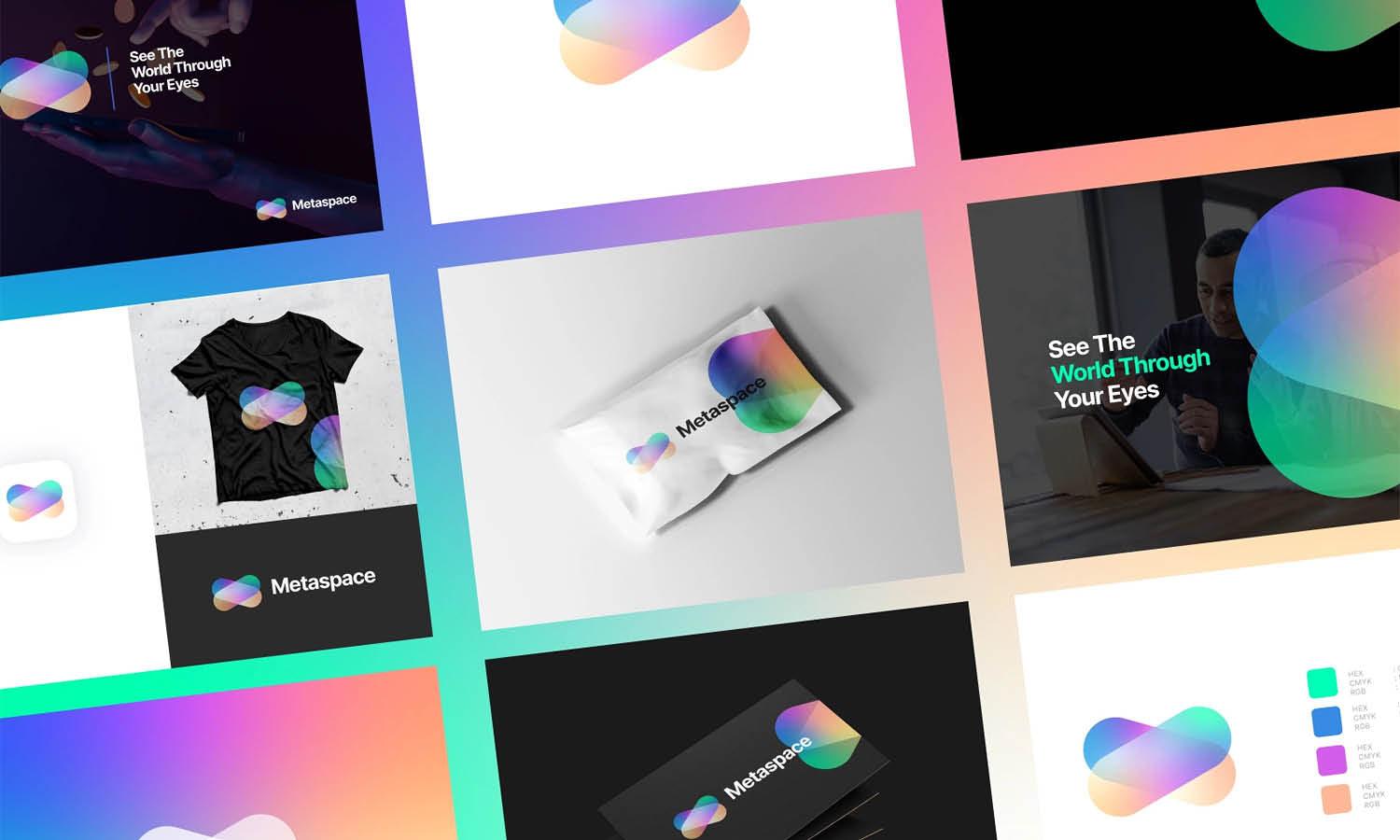

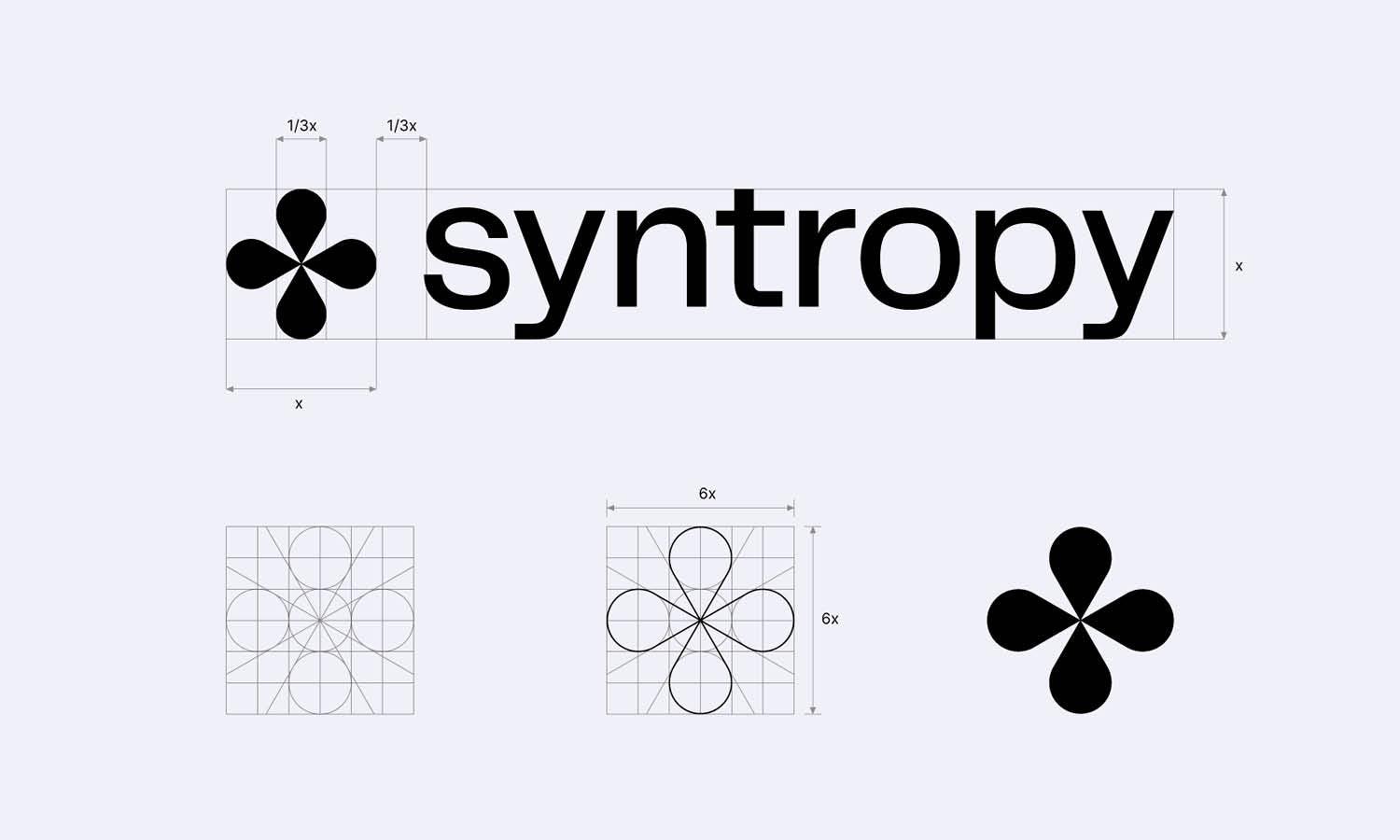
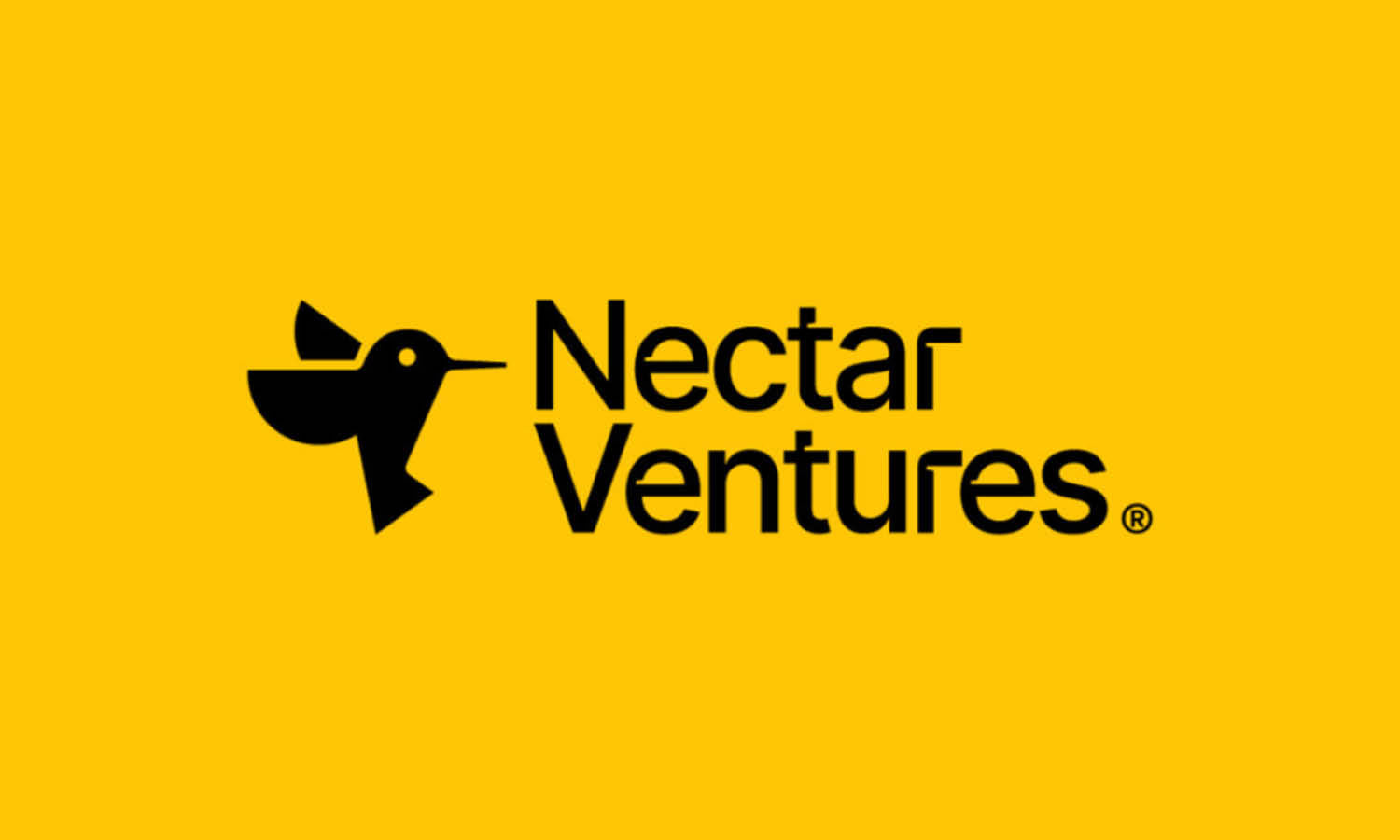

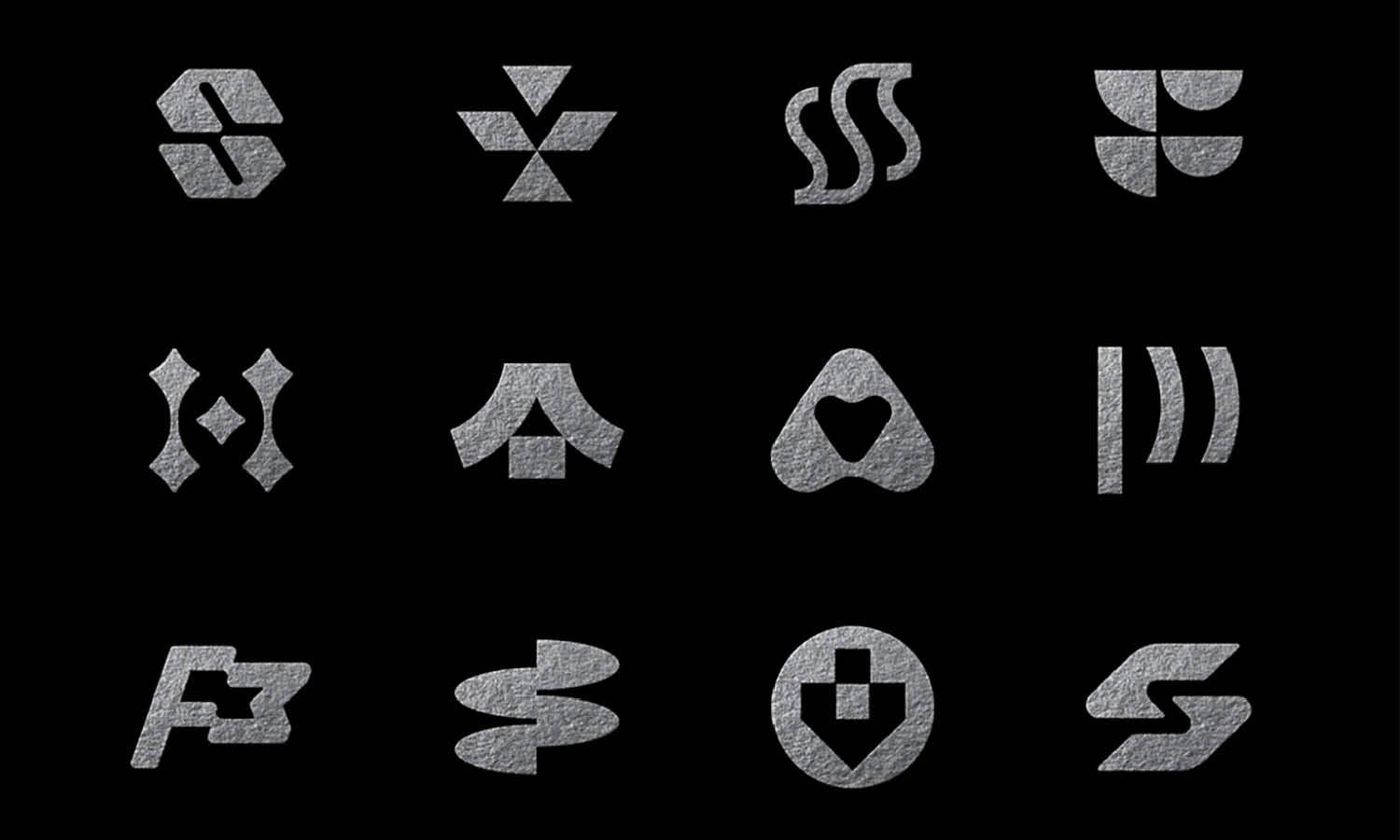
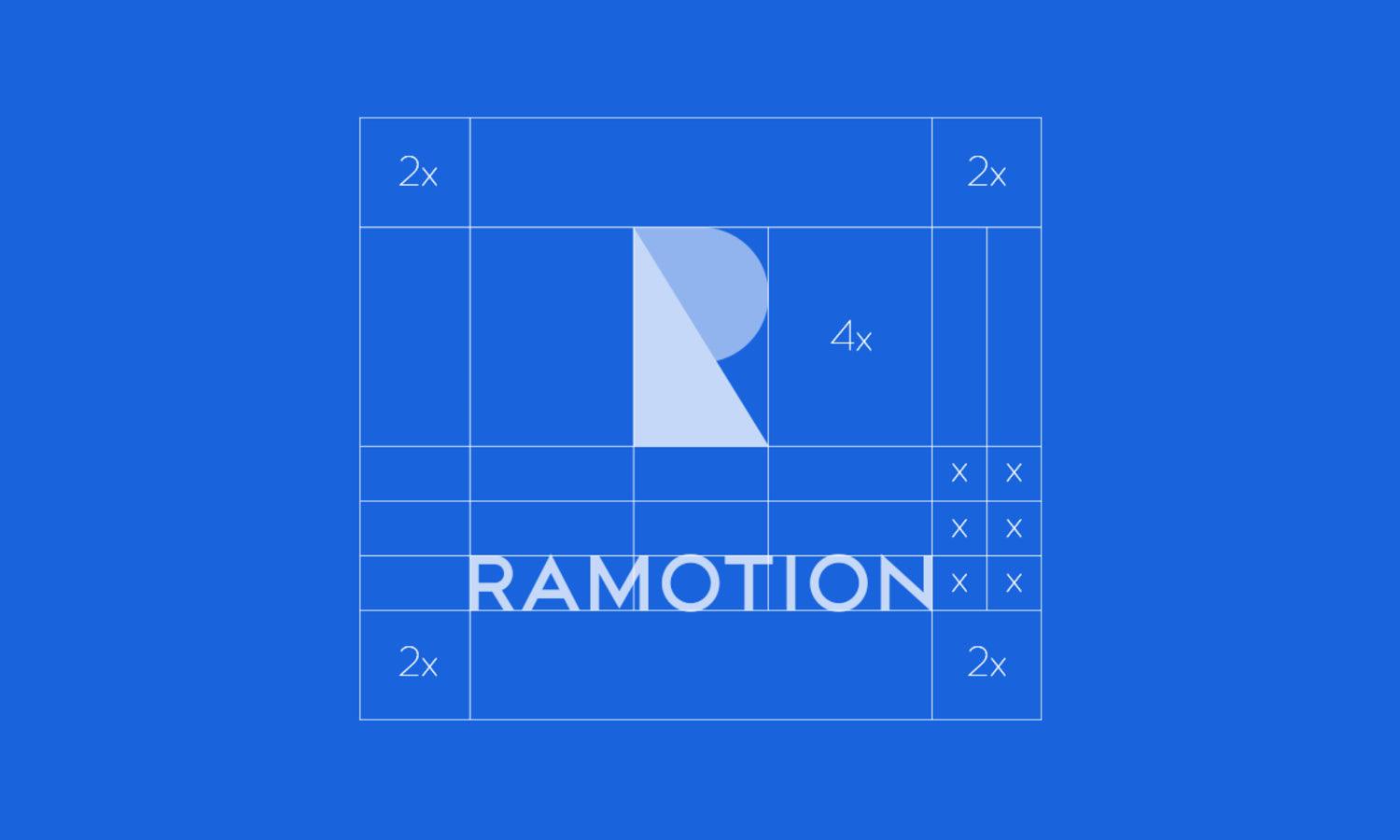







Leave a Comment